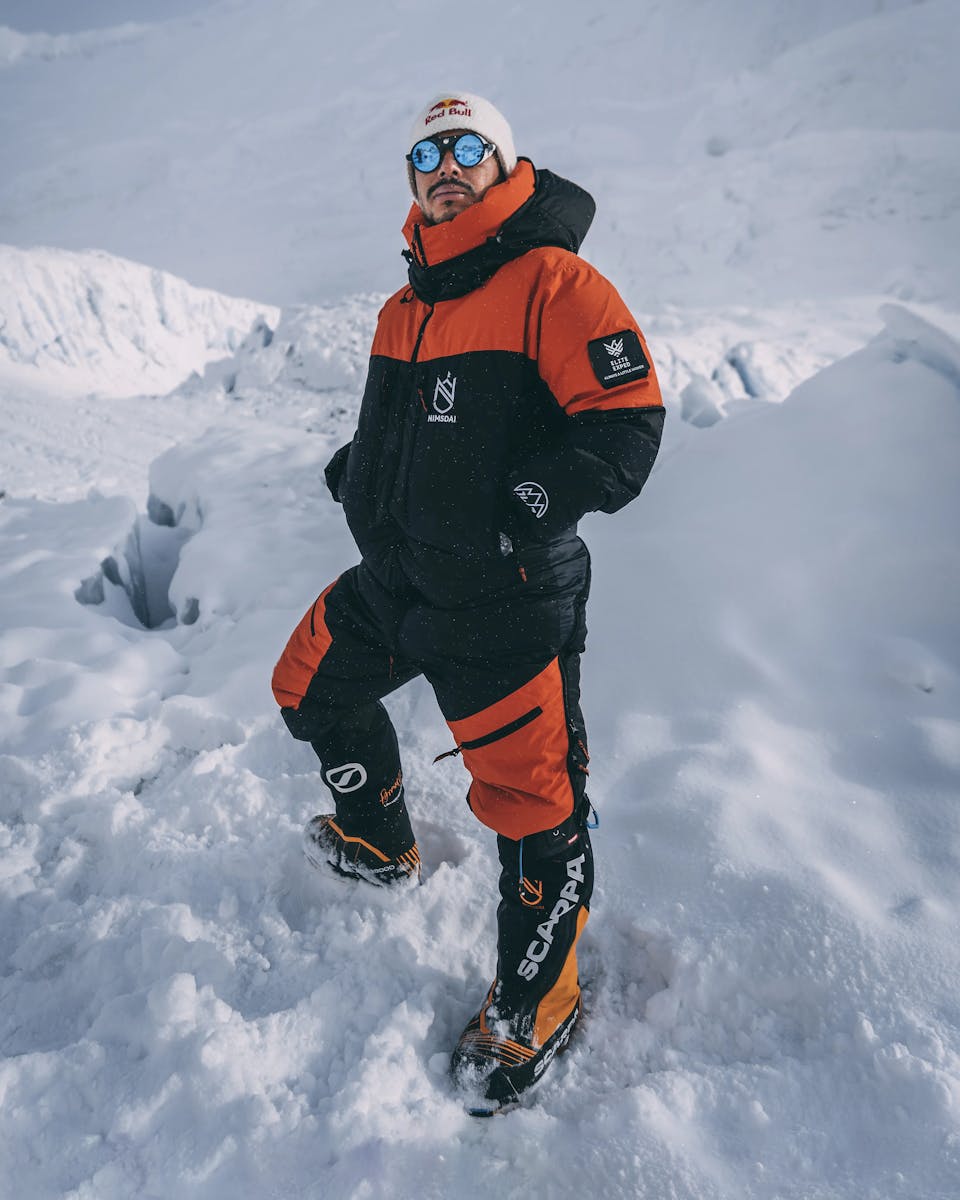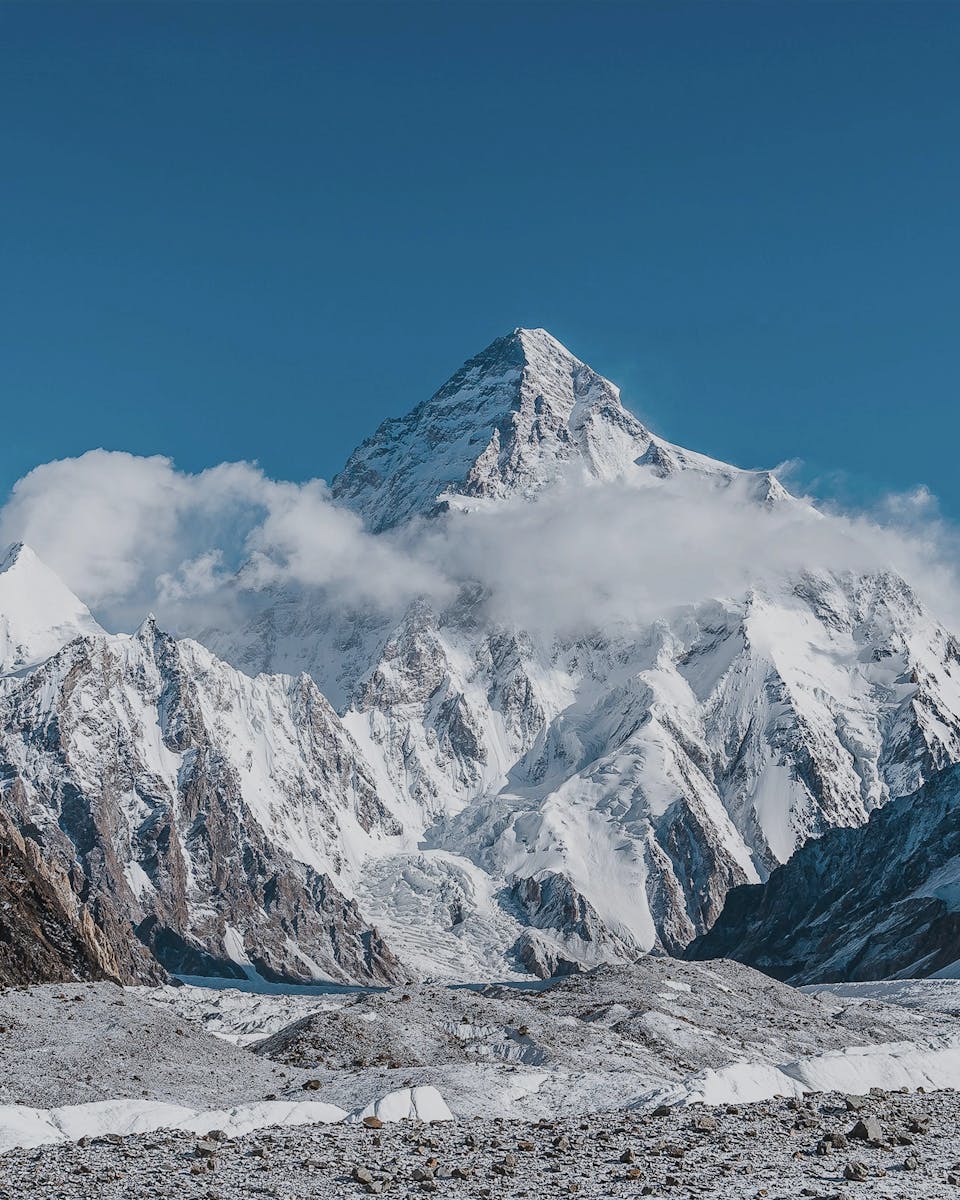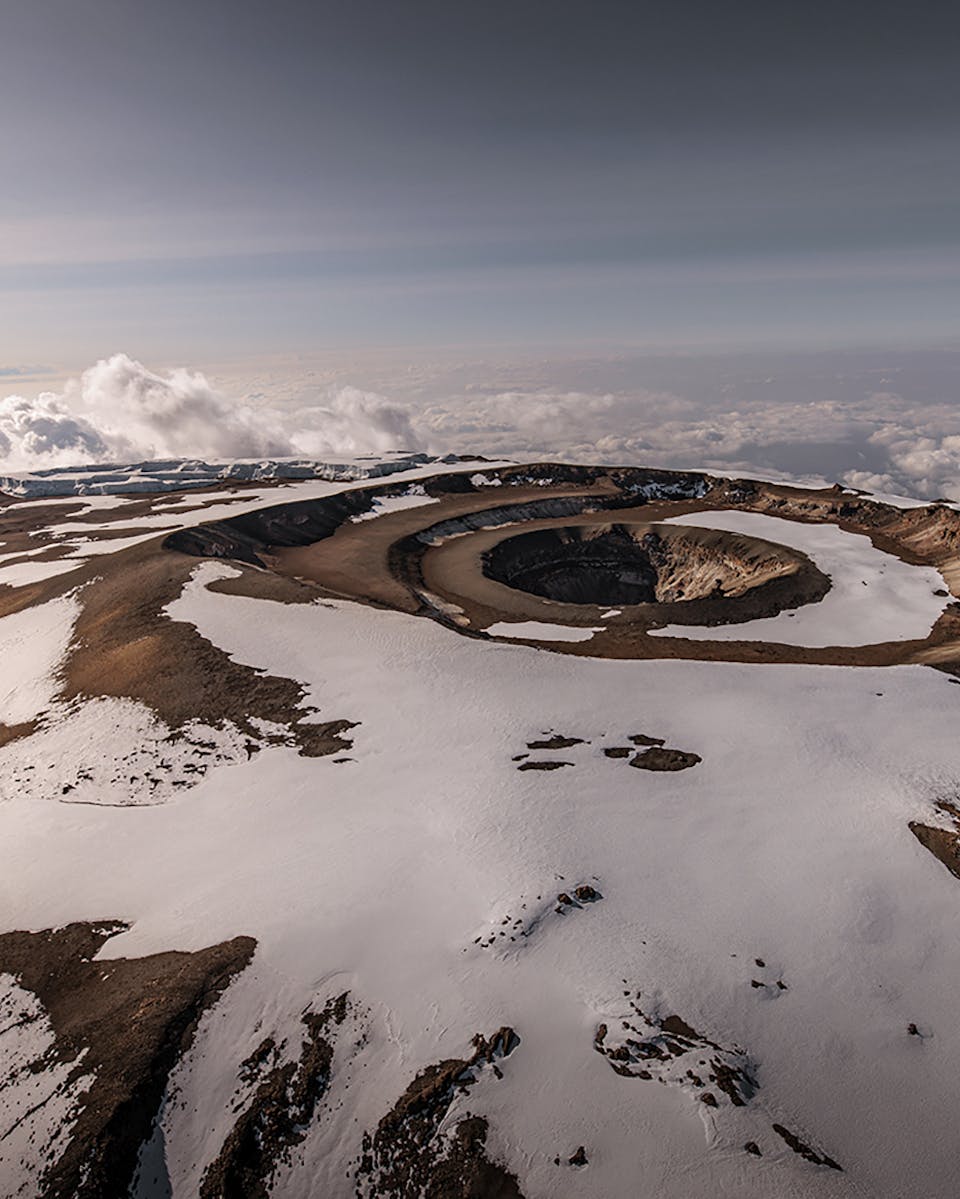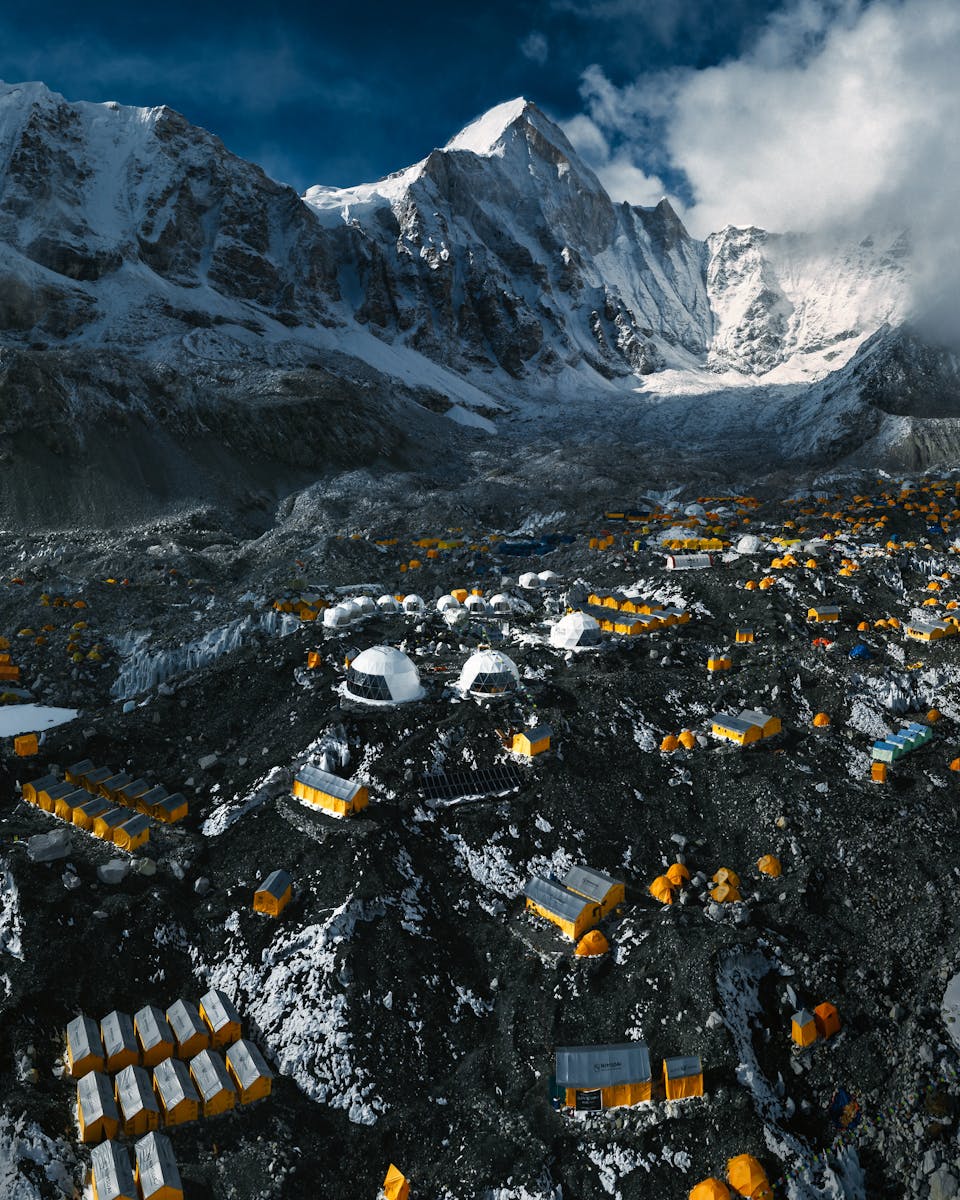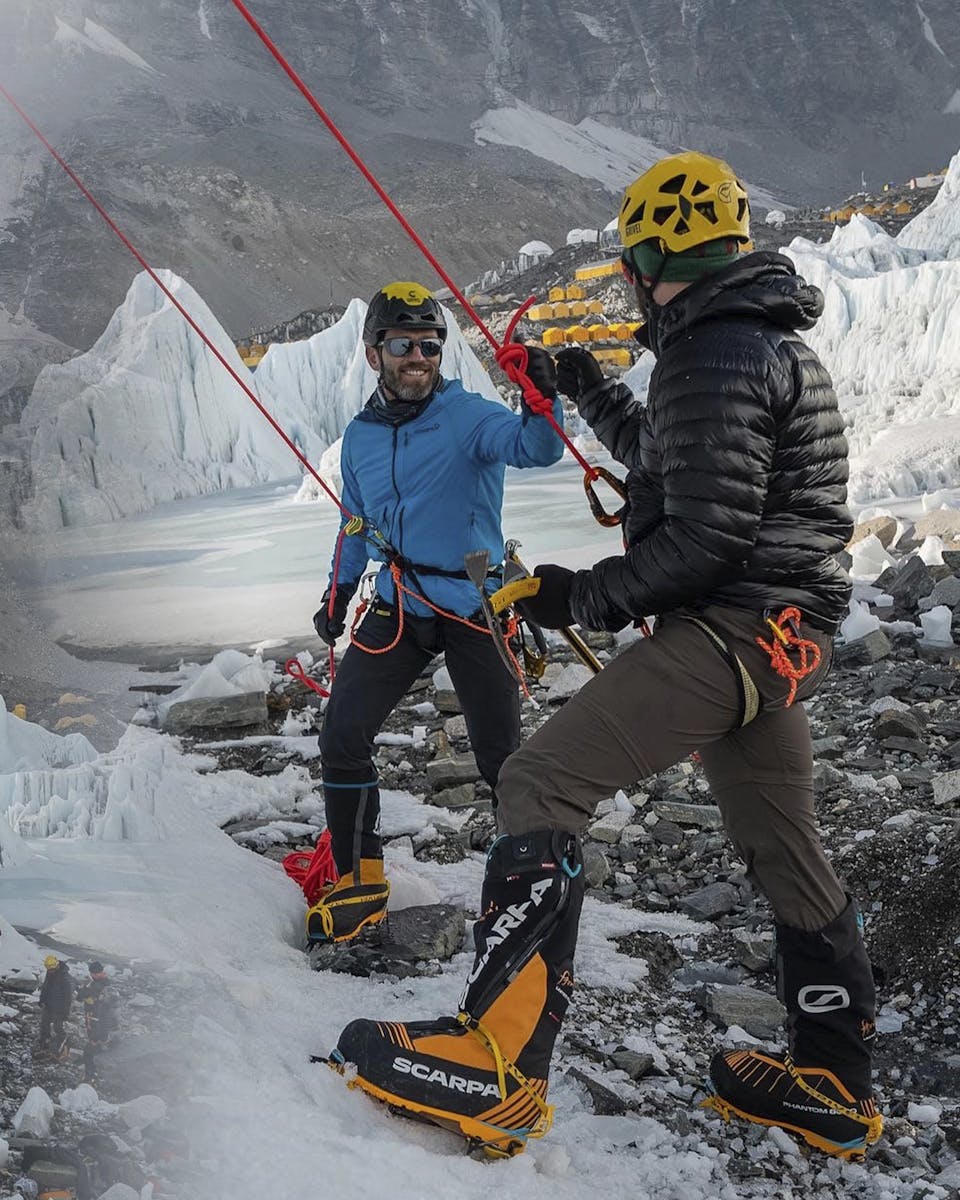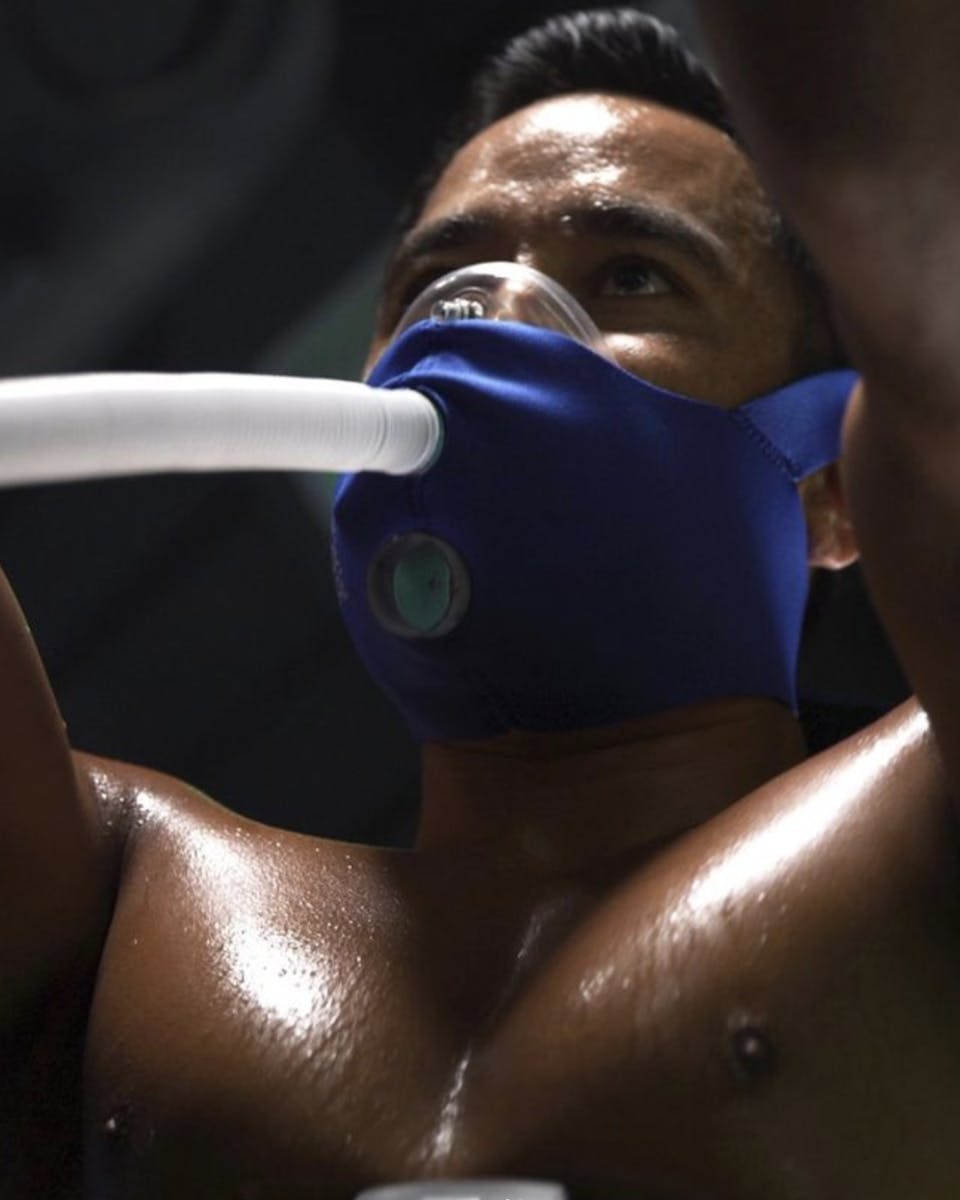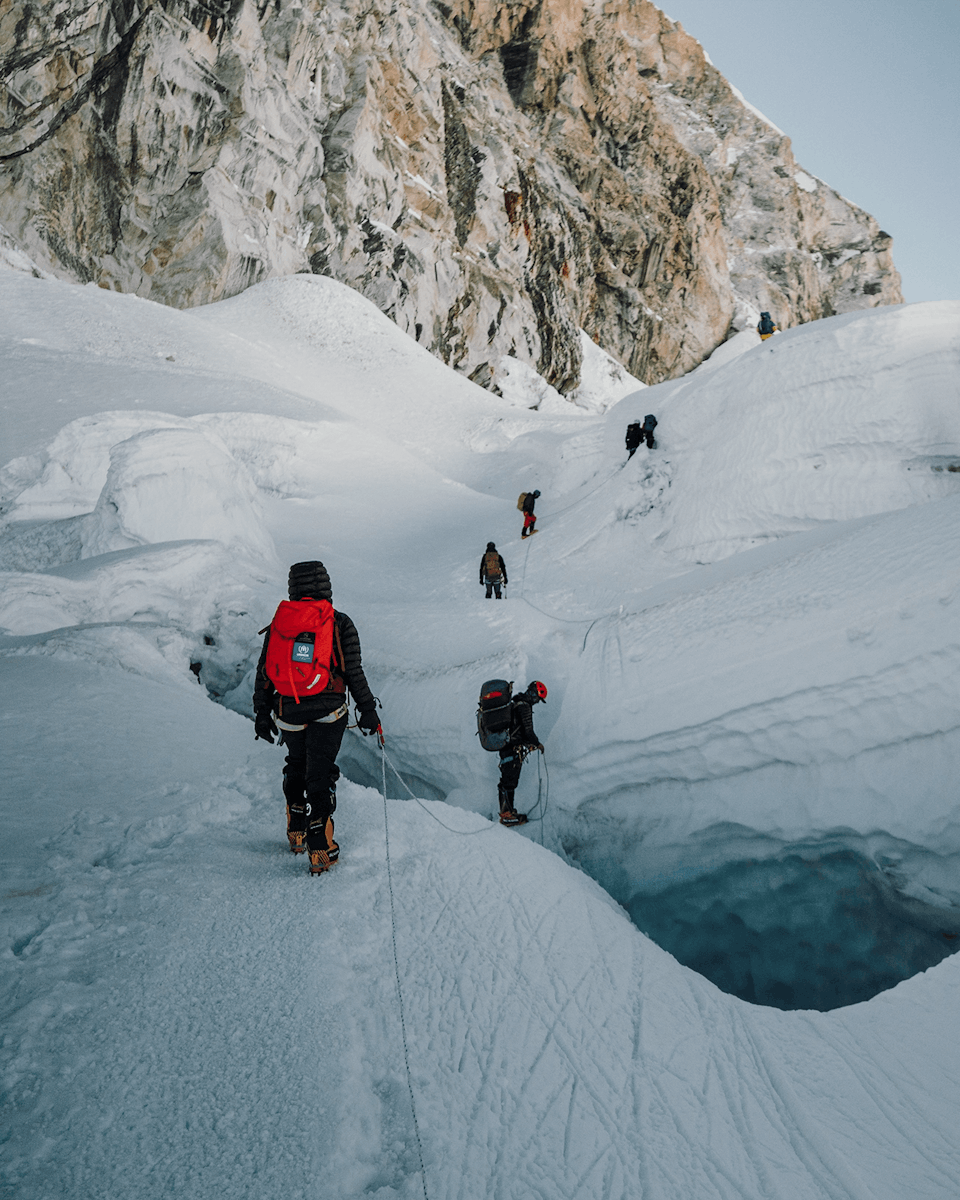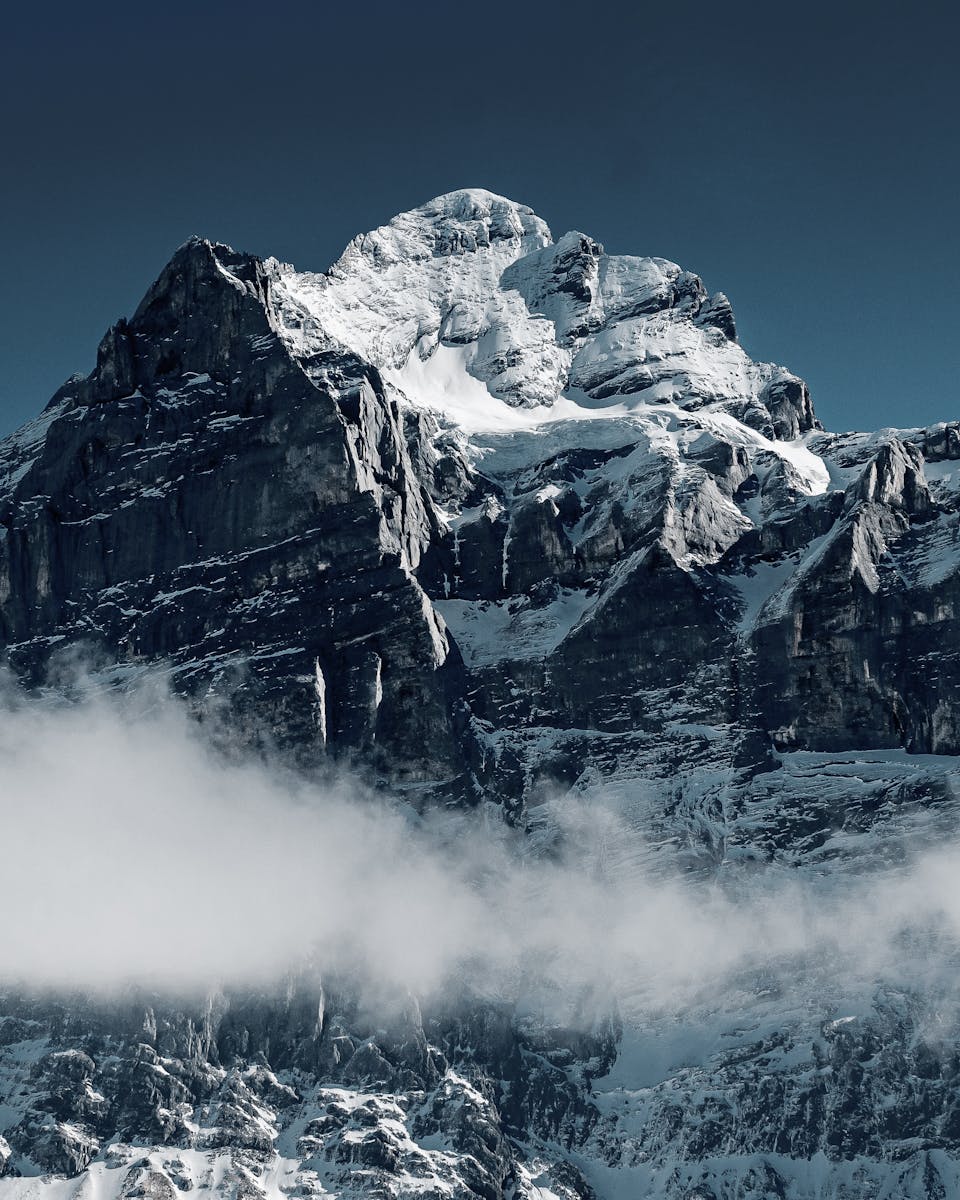Embarking on a Kilimanjaro climb is a vast undertaking, so it’s completely natural to wonder about your chances of reaching the summer and the inherent risks involved. Let’s take a look at the numbers to provide a clearer picture:
Kilimanjaro success rate
The average summit success rate for Kilimanjaro climbers ranges from 60% to 85%. The summit success rate on Kilimanjaro varies depending on several factors, most notably the route chosen and the duration of the climb. Longer routes, which allow for better acclimatisation, generally have higher success rates.
Our strategic choice of the Lemosho route, which provides plenty of time to acclimatise, gives our climbers the best chance of successfully summiting. As a result, at Elite Exped we’re proud to boast a Kilimanjaro climber summit rate of 98%, well above the average.
Kilimanjaro fatality rate
Climbing a mountain comes with inherent risks. While Kilimanjaro is no exception to this, it is considered a relatively safe climb in comparison to other high-altitude peaks. The Kilimanjaro death rate is estimated to be between 0.03% and 0.1% — for context, the Everest death rate is around 1%. This means on average, less than one in a thousand climbers experience a fatal accident during their trek.
The vast majority of incidents are related to altitude sickness. Thankfully, these risks can be significantly mitigated with proper preparation, a gradual ascent profile, and experienced guides who are trained to recognise and respond to altitude-related issues. To ensure your climb is as safe as possible, always choose a reputable guiding company that will prioritise your safety and employ knowledgeable guides.
